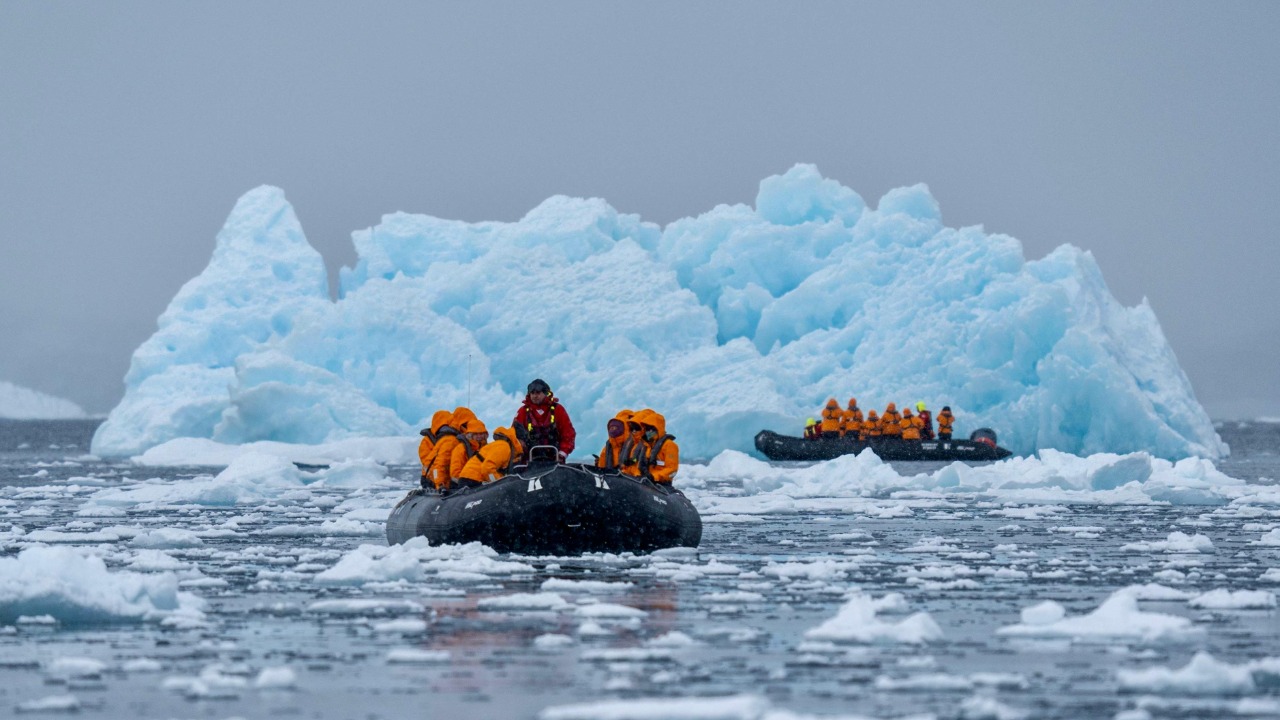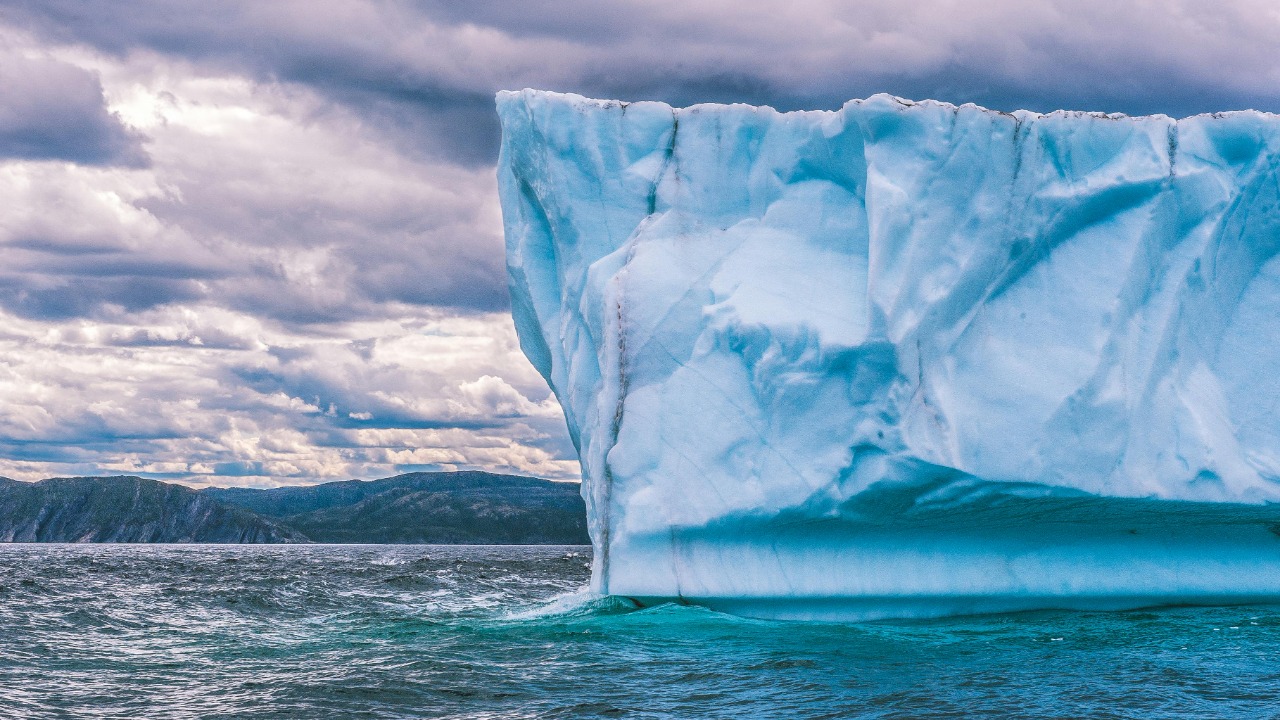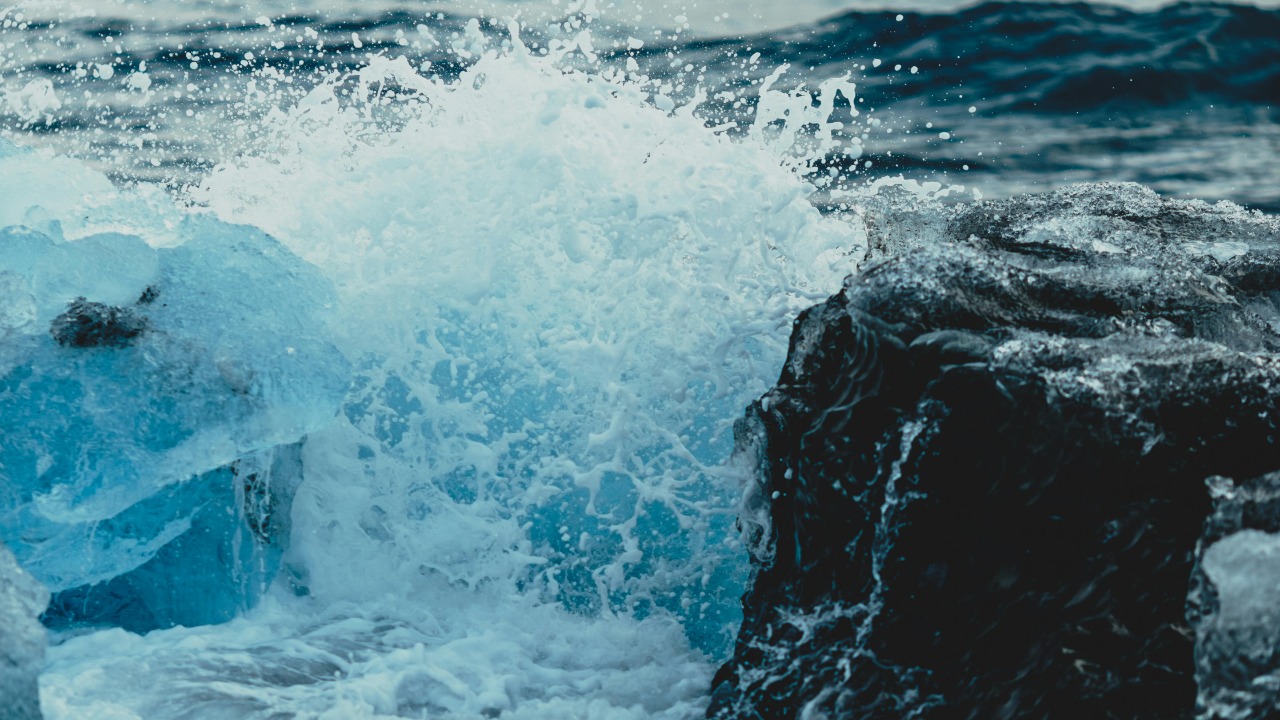
Antarctica, the frozen continent, is a land of mystery, with vast ice sheets hiding secrets beneath their icy veil. Recent scientific advancements have begun to peel back these layers, revealing a hidden world of landscapes frozen in time. These discoveries are reshaping our understanding of Earth’s history and future.
The Hidden Landscapes of Antarctica

Underneath Antarctica’s extensive ice cover lies the Gamburtsev Mountain Range, a mysterious subglacial mountain range that rivals the Alps in size and scale. Despite being buried under more than a mile of ice, scientists have mapped these mountains using advanced technology, revealing peaks and valleys that have been untouched for millions of years. The discovery of such vast and complex geological features suggests a rich and dynamic history, potentially offering clues about the continent’s ancient climate and tectonic activity.
Lake Vostok, one of the largest subglacial lakes, is another fascinating discovery beneath the ice. Trapped beneath 4 kilometers of ice, this body of water has remained isolated for millions of years, creating a unique ecosystem that could harbor life forms unlike any found elsewhere on Earth. The potential for discovering extremophile organisms in these isolated waters is a tantalizing prospect for scientists, offering insights into the adaptability of life in extreme conditions.
Additionally, ancient river systems have been uncovered, revealing a network of rivers and channels that once flowed across the continent. These preserved features provide a glimpse into Antarctica’s past before it was buried under ice, offering a unique perspective on how climate and geography have evolved over millions of years.
The Role of Advanced Technology in Discoveries

Modern technology has played a crucial role in uncovering the hidden landscapes of Antarctica. Ice-penetrating radar has allowed scientists to map the terrain beneath the ice with unprecedented detail. This technology sends radio waves through the ice, which bounce back from the underlying rock, creating images of the subglacial topography. This has been instrumental in revealing the complex structures hidden beneath the ice sheet.
Satellite imagery and remote sensing are also vital tools in this exploration. By capturing data from space, scientists can gain insights into the dynamics of ice sheets and the underlying structures. These technologies help track changes in the ice cover, monitor ice flows, and identify areas of interest for further study. The Bedmap3 project has been particularly significant, offering a comprehensive digital terrain model that provides a clearer picture of Antarctica’s hidden landscapes.
Implications for Climate Change and Sea Level Rise

Understanding the topography beneath Antarctica’s ice is crucial for predicting the stability of ice sheets and their potential impact on sea level rise. Knowing the shape and composition of the bedrock helps scientists model how ice sheets might respond to warming temperatures. This is essential for predicting future changes in ice sheet behavior and the potential consequences for global sea levels.
Ice cores extracted from Antarctic ice provide valuable climate records, offering insights into past climate conditions. By analyzing these records, scientists can better understand historical climate changes and refine models predicting future scenarios. Such research is vital for assessing the impact of Antarctic melt on global sea levels and climate, which could have profound effects on coastal communities worldwide.
The Search for Life and Extraterrestrial Comparisons

The potential for life in Antarctica’s extreme conditions has intrigued scientists, leading to the exploration of subglacial lakes for extremophile organisms. These organisms, if found, would demonstrate life’s remarkable ability to adapt to harsh environments, providing insights into the potential for life elsewhere in the universe.
Antarctica serves as a valuable analog for icy moons and planets, aiding in the search for extraterrestrial life. The conditions beneath the ice, with isolated water bodies and extreme cold, are similar to those that might be found on moons like Europa or Enceladus. This makes Antarctica an ideal testing ground for technologies and methodologies that could be used in future space missions.
The Challenges and Ethics of Exploration

Exploring Antarctica presents significant environmental and ethical challenges. The potential ecological impact of drilling and exploration activities in such a pristine environment raises concerns about preserving its unique ecosystems. Balancing scientific discovery with conservation is a critical consideration for researchers working in the region.
International collaboration is essential in Antarctic research, with countries working together under the Antarctic Treaty System to ensure that exploration is conducted responsibly. This collaborative approach is vital for addressing the ethical considerations of exploring untouched regions and ensuring that scientific endeavors are conducted with respect for the environment.